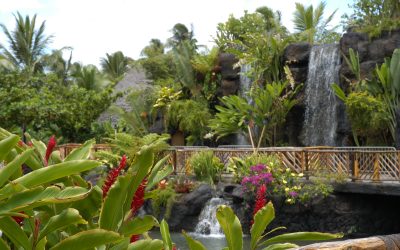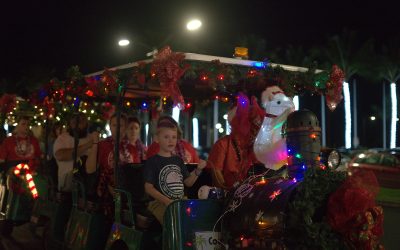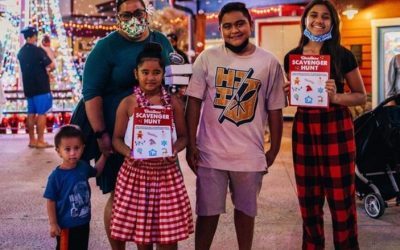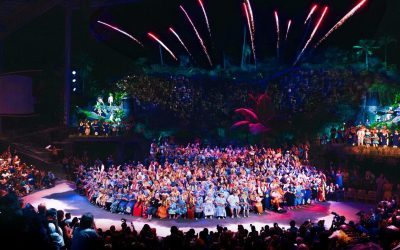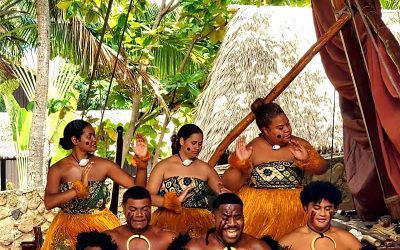Stories Of Polynesia and Beyond
MOST RECENT POSTS
5 Instagram Worthy Backdrops at the Center
The Polynesian Cultural Center is in the bright town of Lāʻie, where visitors will experience a day of beauty and culture. You will find unique cultural architecture, and meaningful designs set in serene tropical backdrops. This blog highlights the top 5 Instagram...
2023 Christmas at the Hukilau Marketplace Schedule
Our 2023 Christmas at the Hukilau Marketplace begins! Looking for unique activities for your 2023 Christmas holidays? Join the Polynesian Cultural Center for our annual Christmas events at the Hukilau Marketplace this year in beautiful Lāʻie for some holiday...
2023 Christmas at the Hukilau Marketplace Celebration
Our 2023 Christmas at the Hukilau Marketplace begins! Looking for unique activities for your 2023 Christmas holidays? Join the Polynesian Cultural Center for our annual Christmas events at the Hukilau Marketplace this year in beautiful Lāʻie for some...
A Historic Celebration of the 60th Anniversary of the Polynesian Cultural Center
This week’s blog about our 60th anniversary extravaganza is packed full of stories, photos, livestream links, quotes, and links to more information. You don’t want to miss this one!
MOST POPULAR POSTS
5 Instagram Worthy Backdrops at the Center
The Polynesian Cultural Center is in the bright town of Lāʻie, where visitors will experience a day of beauty and culture. You will find unique cultural architecture, and meaningful designs set in serene tropical backdrops. This blog highlights the top 5 Instagram...
2023 Christmas at the Hukilau Marketplace Schedule
Our 2023 Christmas at the Hukilau Marketplace begins! Looking for unique activities for your 2023 Christmas holidays? Join the Polynesian Cultural Center for our annual Christmas events at the Hukilau Marketplace this year in beautiful Lāʻie for some holiday...
2023 Christmas at the Hukilau Marketplace Celebration
Our 2023 Christmas at the Hukilau Marketplace begins! Looking for unique activities for your 2023 Christmas holidays? Join the Polynesian Cultural Center for our annual Christmas events at the Hukilau Marketplace this year in beautiful Lāʻie for some...
A Historic Celebration of the 60th Anniversary of the Polynesian Cultural Center
This week’s blog about our 60th anniversary extravaganza is packed full of stories, photos, livestream links, quotes, and links to more information. You don’t want to miss this one!
Sharing Loloma in the Fiji Village
Fane Koi shares her experience of sharing loloma with others in the Fiji Village at the Polynesian Cultural Center!
Center honors 60th anniversary “Living Treasures”
The Polynesian Cultural Center presented 14 “living treasures” and eight “exemplary service” awards during a special 60th anniversary event on August 9, 2023. The recipients were also provided a magnificent banquet in The Gateway Buffet facility. President and CEO P. Alfred Grace and Vice President of Cultural Presentations Tagaloataoa Delsa Atoa Moe praised the award recipients
Interested In More Aloha?
Sign up for our monthly newsletter and choose the categories you are mosted interested in.





